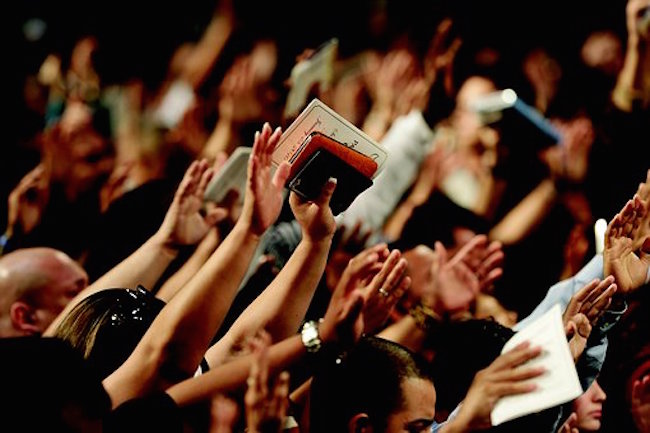How to See Human-Trafficking Victims, Even in Your Church by Gaye Clark for The Gospel Coalition
Hollywood movies like Taken infect our understanding of human trafficking with notions of kidnappings on distant shores and a rogue FBI agent saving the day. But is that an accurate picture? What if a human-trafficking victim was a member of your youth group? Is that even possible? Raleigh Sadler, founder and executive director of Let My People Go, says it is.
Sadler tells the story of Anna, a 17-year-old girl trafficked for sex by her boyfriend. Every Sunday, she sat in the back of a neighborhood church. When Sadler asked Anna how her congregation served her during her exploitation, she laughed. “No one noticed anything. Everyone thought I was happy.”
How many Annas are sitting in your church pews?
In 2013, Sadler founded Let My People Go to equip churches to fight human trafficking in their communities. In his book, Vulnerable: Rethinking Human Trafficking, he offers an extensive discussion of human trafficking and how the church is uniquely qualified to address the problem.
Understanding Human Trafficking
Sadler defines human trafficking as “the exploitation of vulnerability for commercial gain.” Human trafficking, he asserts, can happen anywhere, “because there are vulnerable people everywhere” (3).
Vulnerable people can be lonely teenagers, a homeless mother desperate for shelter, or an illegal immigrant brought here under false pretenses. They can be runaways—children fleeing physical and sexual abuse in their homes. Their vulnerability places them on a collision course to encounter human traffickers, who are actively looking for them.
Traffickers aren’t “thugs” dressed in black leather jackets. Instead, they can be teachers, intimate partners, or family members, even parents. They use force, fraud, and coercion to manipulate their victims. Traffickers often threaten violence to other family members or deportation to keep the vulnerable working for them. The chains they employ aren’t physical but psychological, yet they are just as real and effective.
Defending the Vulnerable
Vulnerable is written for the reader who is anguished and angry about human trafficking but has no clue what to do. How do we launch a fight when the person we seek to help is invisible, even though she may be sitting right beside us?




